Over the years, educators and teachers have become more and more flexible in their teaching methodologies to accommodate innovation in teaching. The purpose of education is to promote holistic learning and development in students and as consequence fostering this is paramount for an educators success. Besides, different students have different learning requirements and styles. Hence educators are more open to evolving new teaching strategies to make learning more worthwhile. Likewise, one fascinating approach with assured results could be the promotion of curiosity in the classroom!
The innate purpose of education is to indulge students in learning and knowledge sharing. But the question is if students can involve themselves in learning unless they are not eager to. Would the telephone have been invented if Alexander Graham Bell was not curious enough to carry out his experiments? Curiosity adds meaning and objectives to things; hence it makes a great learning opportunity. It is noteworthy that, as per PR Newswire, 94 percent of parents believe that their children will become successful in the future if they are curious to learn. For sure, a lot of teachers may have the same opinion.
When a teacher is able to capture students’ curiosity, they are able to accomplish a large part of their teaching goals. In fact, it is interesting to note how curiosity adds multiple dimensions to learning. This blog will elucidate the astonishing benefits of cultivating a culture of curiosity in the classroom.
Curiosity promotes independent thinking
Curiosity encourages students to ask questions and seek the right answers. The notion of inquisitiveness is hence integral to curiosity. Children are able to shape their perspectives for the better when they are eager to learn. This eagerness drives them to gather information from different sources. For instance, a child curious to learn about the United Nations will look for multiple sources of information. He or she would want to read about the UN, watch documentaries, and then analyze the role that the UN plays in maintaining global peace. Because he or she would have carried out enough research out of curiosity and will feel entitled to have an opinion of their own.
This example is a testament to how curiosity promotes independent thinking. By asking questions and exploring sources of knowledge, students build opinions. They are more confident about their perceptions because they are backed with reliable information. Hence, this confidence leads to independent thinking and better cognitive development. Every parent and teacher wants a child to be self-sufficient. That is what the ultimate destination of education is after all. In this pursuit of creating independent and critical thinkers, curiosity plays an active role. As Ken Robinson quoted, “curiosity is the engine of achievement”
Curiosity leads to greater classroom participation
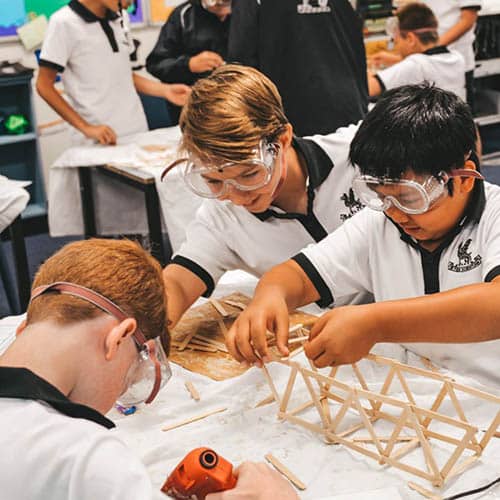
Building bridges school science visit
A lot of students have a reluctance in participating in the classroom. They do not engage in classroom discussions or they do not ever ask questions. But curiosity can overhaul the classroom environment for the better. When curiosity is blended into the natural environment of the classroom, it empowers students. Students feel the urge the participate with greater zeal in the classroom. Before the inclusion of curiosity, they may not know how to ask the right questions. But when a teacher introduces curiosity and models it, students learn the art of asking valuable questions. In the entire process, student engagement increases. (See Preserving student engagement throughout K to 12)
There is an element of fun, ecstasy, and undying novelty intrinsic to curiosity. These features make curiosity one of the best active learning strategies. When students begin to enjoy learning, they tend to participate more. Hence, curiosity combined with gamified learning and other innovative ideas can offer unbelievable returns. If a student is curious to learn about something, he would not hold himself back for long. He will look for the opportunity to ask questions in the classroom to find his answers. This is how curiosity works as a catalyst to learning.
Curiosity quadruples creativity
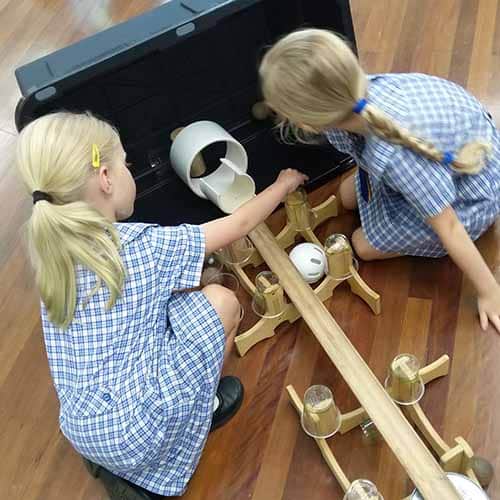
Marble run mania school science visit
In all verticals of life, creativity is a salient skill to have for any individual. In fact, as per LinkedIn Learning, creativity as a skill holds utmost importance in the world. For students, it is a skill they should look to have on their resumes when they enter professional scenarios. The creative thinkers of today will become the instruments of positive changes in the future. To realize their creative potentials or to build on them, students need a conducive environment. The notion of curiosity provides teachers every possibility to create an environment ideal for creativity to flourish. When students are curious, they keep adding to their perspectives and knowledge. Further, they will be driven by the urge to do things in a unique way or to improvise. Such habits in them will give rise to their creative potentials.
Furthermore, creativity will lead to better problem-solving skills in students. When individuals back their ability to think outside the box, they tend to find innovative solutions. Curiosity makes students challenge ordinary solutions and they are more interested in exploring unexplored possibilities. In this way, both creativity and problem-solving skills get a massive push. The more curious students are, the higher are the prospects for learning creativity. Besides, curious students look to find easy answers to befitting challenges. This creates a perfect scenario for creativity to bloom.
Curiosity facilitates higher academic achievements
Know your code school incursion
The better the students learn the higher will be their academic achievements. Curiosity becomes a facilitator to academic achievements and excellence. In fact, as most would agree, the aim of learning is to curate excellence and not limit things to grades. When students become curious learners, they embark on the pursuit of excellence. They learn better, with greater diligence and open themselves to learning in a consistent manner. A student who is not curious will limit the scope of his learning to textbook knowledge. For him, the purpose of learning will be limited to scoring high grades. But for someone who is curious, the scope of learning will go far beyond textbooks and grades. He will rather pursue excellence than evaluating things in terms of grades.
As long as the focus is on excellence, academic success will follow. Curious students will have enough dedication and knowledge to deliver inspiring academic performances. For instance, if a student is curious to learn quantum physics, he will not limit the horizons of learning. He will practice even in addition to classwork and homework given his eagerness. For such a student, high grades will be a smaller milestone, and excelling will be the larger aim. This validates the immense power and prowess of curiosity. The world’s greatest inventors and scientists started off as curious students. They ended up achieving much more than academic results.
Curiosity amplifies classroom collaboration
When students are curious, they learn from each other’s knowledge and perspectives. They cease to see each other as competitors and greater collaboration is fostered. Curiosity brings students together as they benefit from learning together and from each other. The salience of collaboration in learning as well as in the professional world is well proven. It is among the most essential skills for success at any level. Students who are good at collaboration will develop the ability to work in teams for larger objectives. This skill will give them a competitive advantage over others when it comes to employability and career success.
In the absence of curiosity, collaboration can be difficult to teach. But when the eagerness to learn overrides, students can forget all their reluctance. Curiosity can lead to significant improvements in results achieved by students in group projects and team activities. Students will be more supportive of each other. Hence, for students to learn collaboration in a wholesome way, curiosity can do wonders. A fun way to explore this in STEM education is via STEM Mini-builds to foster collaboration on projects!
To conclude, curiosity has multifarious benefits in making learning more engaging. It is one of the most effective and important strategies for enhancing student engagement. Whether it is a traditional classroom or a virtual classroom, curiosity works every time. From upscaling class participation to helping students achieve better results, curiosity yields impressive outcomes. Different teachers may have different strategies for incorporating curiosity into the classroom. In fact, teachers should be free to choose the ways in which they want to do that. The ultimate objective is to reap the tangible benefits of curiosity. One of the most visible effects of curiosity is that it fills the classroom with optimism and joy.
Happy teaching,
Jessica Robinson
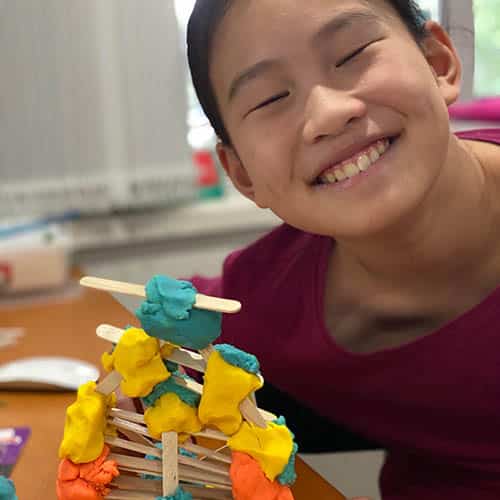
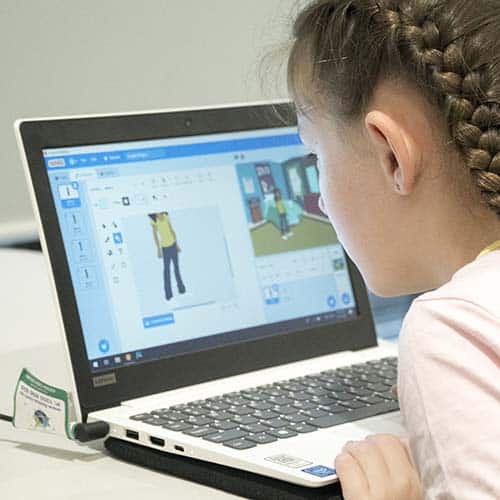
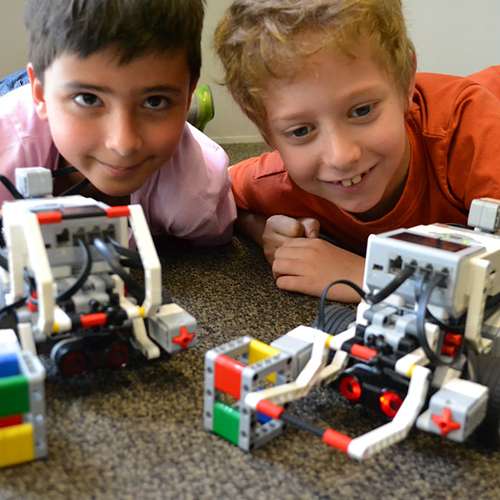


























Comments